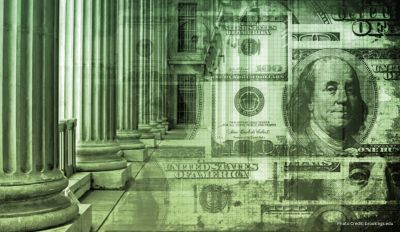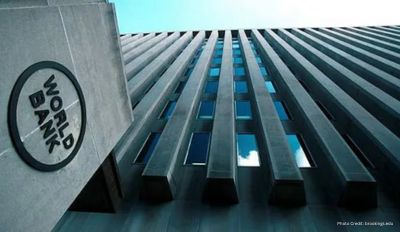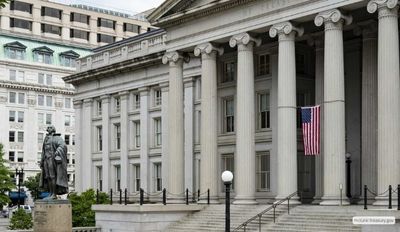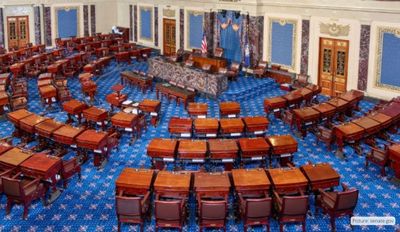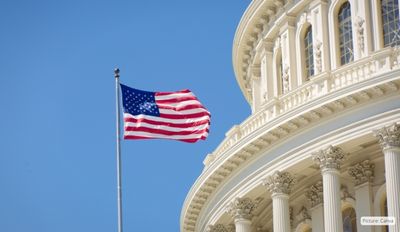Mortgage rates jumped again, surpassing the 6% mark and reaching the highest level since the fall of 2008. The 30-year fixed-rate mortgage averaged 6.02% in the week ending September 15, up from 5.89% the week before, according to Freddie Mac. That is significantly higher than this time last year, when it was 2.86%.
Stubbornly high inflation is pushing rates up, said Sam Khater, Freddie Mac’s chief economist.
“Mortgage rates continued to rise alongside hotter-than-expected inflation numbers this week, exceeding 6% for the first time since late 2008,” he said.
After starting the year at 3.22%, mortgage rates rose sharply during the first half of the year, climbing to nearly 6% in mid-June. But since then, concerns about the economy and the Federal Reserve’s mission to combat inflation have made them more volatile.
Rates had fallen in July and early August as recession fears took hold. But comments from Federal Reserve Chairman Jerome Powell and recent economic data have pulled investors’ attention back to the central bank’s fight against inflation, pushing rates higher.
The 10-year Treasury yield moved higher last week as markets prepared for further monetary tightening by the Fed, said George Ratiu, manager of economic research at Realtor.com.
The Federal Reserve does not set the interest rates borrowers pay on mortgages directly, but its actions influence them. Mortgage rates tend to track yields on 10-year US Treasury bonds. As investors see or anticipate rate hikes, they often sell government bonds, which sends yields higher and with it, mortgage rates.
Investors reacted to August’s inflation numbers, which showed that consumer prices continued to rise at 1980s levels, said Ratiu.
“Core inflation remains stubbornly elevated, putting pressure on the Federal Reserve to maintain an aggressive stance on monetary tightening,” he said. “Markets are keeping a close eye on the central bank’s meeting next week, expecting another 75-basis-point increase in the policy rate, if not a 100-basis-point jump.”
Sales are slowing, but affordability is still a challenge
As mortgage rates rise and home prices remain high, home sales are slowing. With rates essentially double where they were a year ago, applications for home loans have dropped and applications to refinance into a lower payment have fallen off a cliff, down 83% from a year ago, according to the Mortgage Bankers Association.
“Higher mortgage rates … have contributed to more homebuyers staying on the sidelines,” said Joel Kan, MBA’s associate vice president of economic and industry forecasting.
A year ago, a buyer who put 20% down on a $390,000 home and financed the rest with a 30-year, fixed-rate mortgage at an average interest rate of 2.86% had a monthly mortgage payment of $1,292, according to calculations from Freddie Mac.
Today, a homeowner buying the same-priced house with an average rate of 6.02% would pay $1,875 a month in principal and interest. That’s $583 more each month.
“With real median household incomes remaining relatively unchanged, many first-time homebuyers are finding the door to homeownership is closed for this season,” said Ratiu.
He said that with borrowing costs expected to continue rising in the next few months, it is becoming increasingly clear that home prices need to decline to bring balance back to housing markets.
“Many sellers are recognizing the shift in market conditions and are responding by cutting their asking prices,” he said. “These changes are coinciding with the time of the year when buyers have historically found the best market conditions to find a bargain.”


